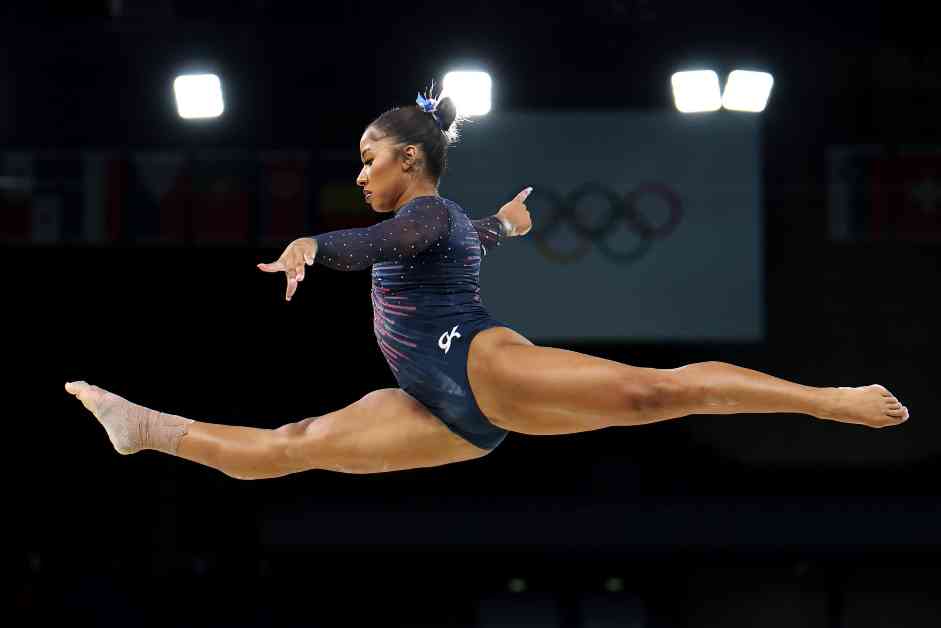The Paris Olympics are in full swing, with gymnastics taking center stage. As the competition heats up, it’s important to understand how the scoring system works. Each gymnast’s score is a combination of two components: the execution score (E-score) and the difficulty score (D-score). The E-score starts at 10.0 and decreases as judges spot deductions for errors like stepping out of bounds or stumbling on a landing. A fall can result in a significant deduction. On the other hand, the D-score has no maximum value and is based on the difficulty of the routine. The harder the routine, the higher the difficulty score.
Most D-scores fall in the 5-7 point range, while an E-score around 8.00 is considered good and 9.00 or higher is excellent. Scores on vault tend to be higher compared to other events, with exceptional scores being 15.000 or higher. Athletes like Simone Biles achieve high scores by executing difficult skills flawlessly, with minimal form breaks. This precision and control in her routines contribute to her impressive scores.
The order of events in Olympic gymnastics varies between men’s and women’s competitions. In women’s artistic gymnastics, the order is vault, uneven bars, balance beam, and floor exercise. Men’s artistic gymnastics follows with floor exercise, pommel horse, still rings, vault, parallel bars, and horizontal bar. Understanding the order of events helps viewers follow the competition more closely.
The competition format includes a qualification round where gymnasts compete to secure a spot in the finals. The top teams advance to the finals, where the stakes are higher as each athlete’s performance contributes to the team’s total score. Individual finals follow the team competition, with gymnasts competing for medals based on their independent performances on the final day.
Advancing to individual finals is based on performance during qualifications, with only two gymnasts per country allowed to participate in individual events. Some gymnasts opt to perform two vaults with different entries to contend for an individual medal on vault. This strategy involves executing two distinct vaults, each with its own scoring criteria and requirements. Athletes like Simone Biles and Yeo Seojeong demonstrate different vaulting techniques to achieve high scores.
As the gymnastics events unfold at the Paris Olympics, fans can expect to witness thrilling performances and impressive displays of athleticism. Understanding the intricacies of scoring and competition formats adds depth to the viewing experience, allowing spectators to appreciate the skill and dedication of these elite athletes. Stay tuned for more updates and highlights from the world of Olympic gymnastics.




